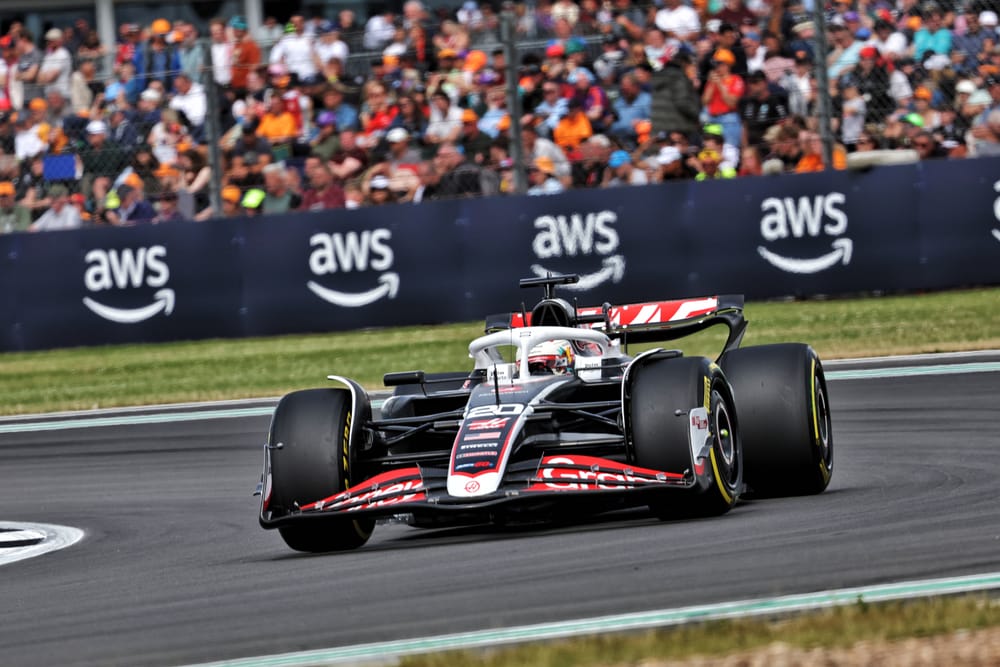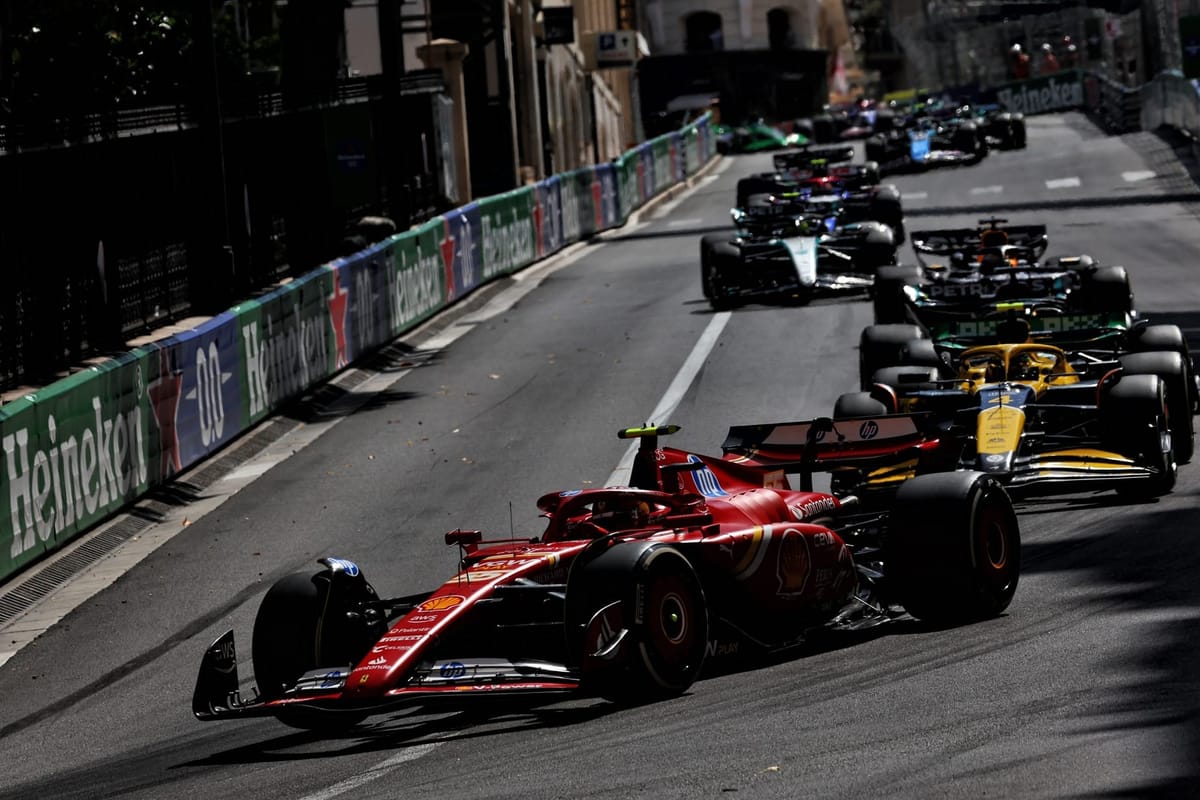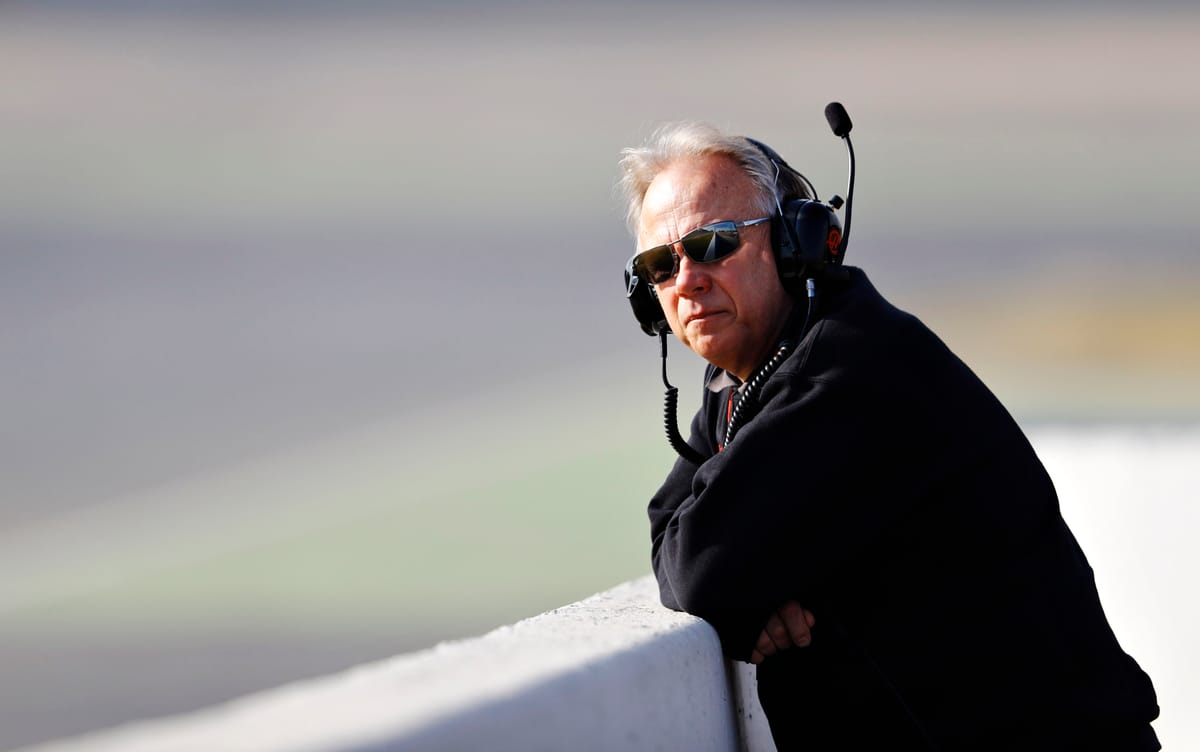Up Next

Toyota could strike a new Formula 1 alliance with Haas, with the two parties understood to be in talks for Haas to use Toyota Gazoo Racing Europe’s technical facility in Germany.
TGR Europe's Cologne engineering centre is home to Toyota’s World Endurance Championship team, created the hybrid engine used in the Yaris World Rally Championship car, and is its European customer motorsport base.
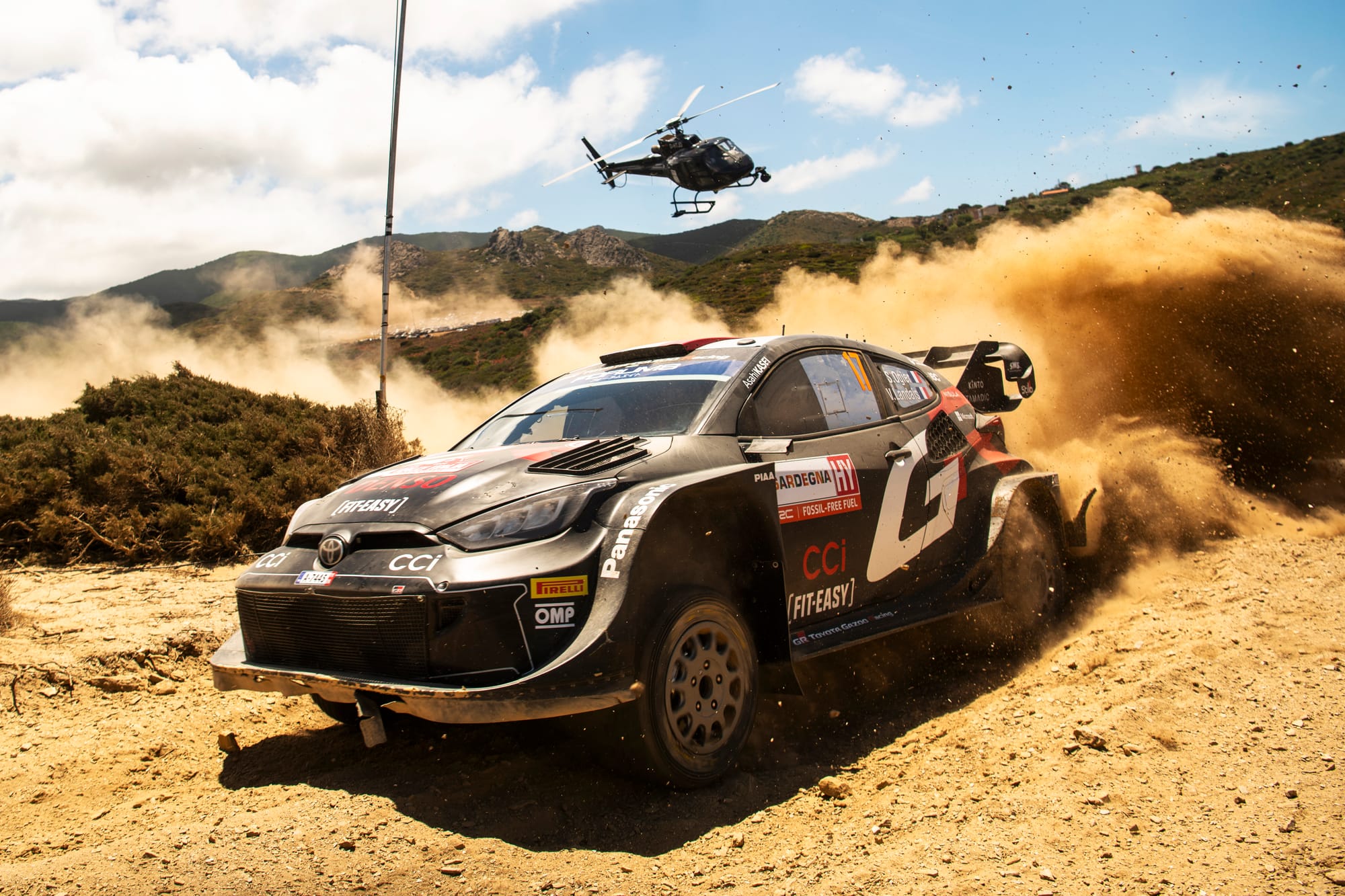
It is a fully owned Toyota subsidiary that feeds into its R&D activities.
Any Haas-Toyota deal is not set to be a fully-fledged Toyota works arrangement though. Toyota’s focus is on hydrogen technology for the next five years so a V6 turbo-hybrid F1 engine is out of the question, and Haas’s entire model is based around a Ferrari technical tie-up that includes an engine supply, which has now been extended until at least the end of 2028.
And speculation that this could be an immediate large-scale sponsorship deal, in the style of Alfa Romeo paying for Sauber to be rebranded in recent seasons, is not thought to be correct either.
Instead, Haas wants to tap into Toyota’s technical and human resources in Cologne, as team principal Ayao Komatsu recognises where its own existing limitations lie - facilities, and headcount.
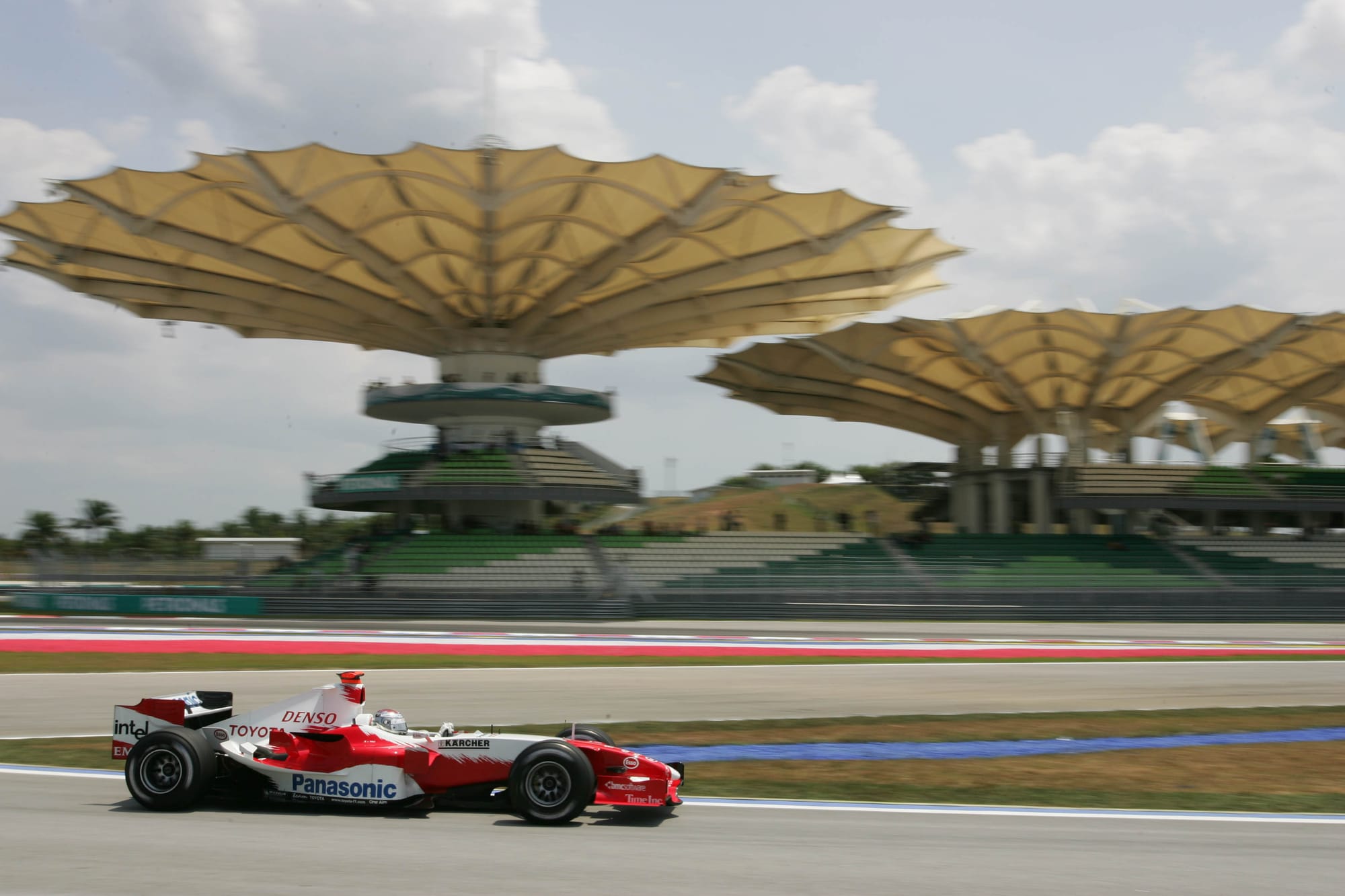
Toyota was a cutting-edge F1 team in facilities if not results, and as well as two windtunnels TGR Europe has a huge amount of other high-specification equipment available, and plenty of quality personnel.
Meanwhile Toyota wants a good business arrangement that allows it to get closer to F1 again, to enhance its technologies and working processes and help evaluate future possibilities in grand prix racing. Senior Toyota staff have been present at multiple races this year including the most recent round at Silverstone.
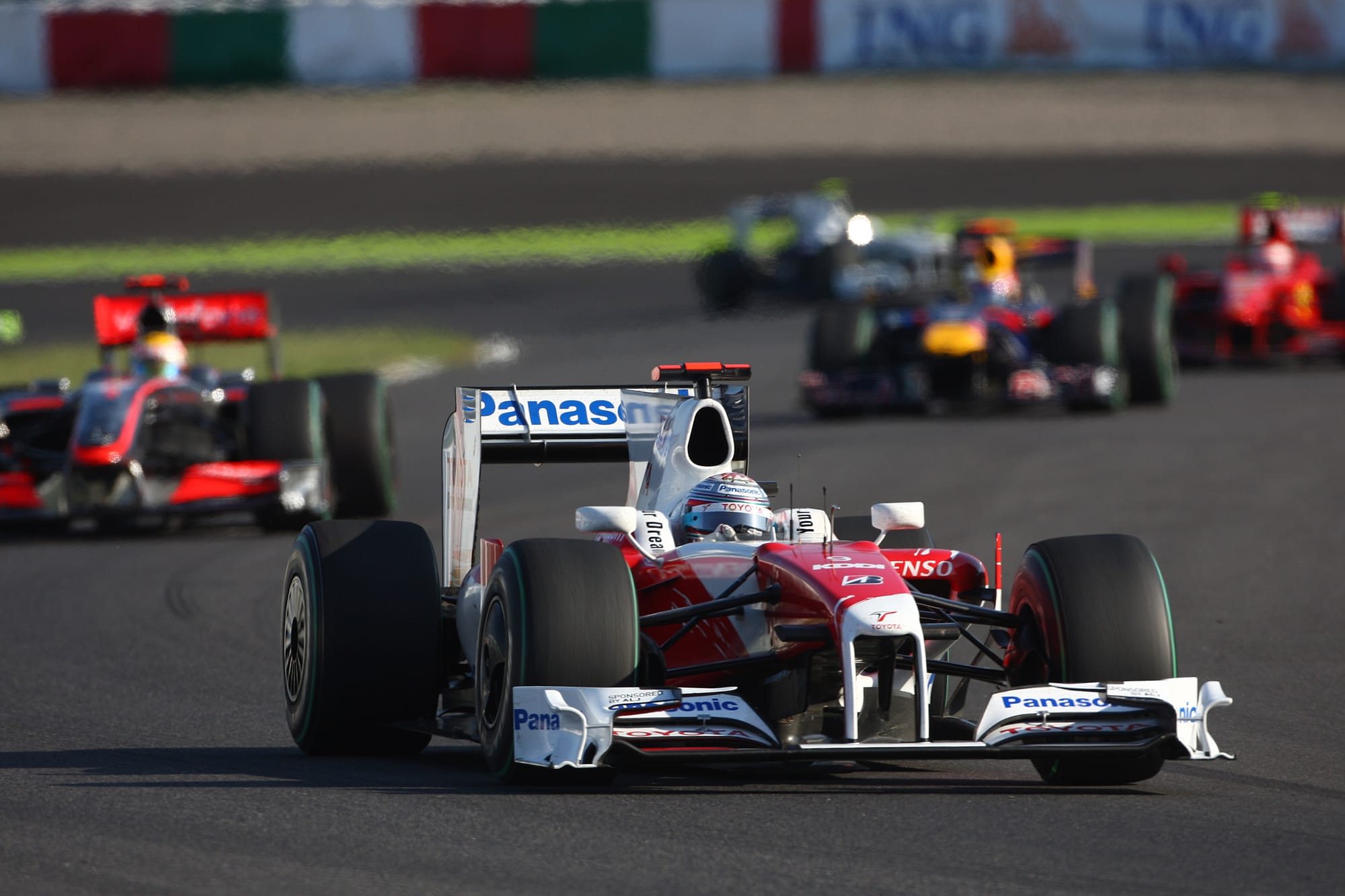
A full F1 programme of its own is not thought to be a serious proposition for Toyota in the short-term, but a growing team partnership or full-scale technical relationship is more likely - although would still be something that comes together slowly.
Whatever deal can be struck with Haas may therefore start out as purely a client arrangement, akin to McLaren using the Cologne windtunnel until its own new one was recently built, and gradually evolve into something more immersive if it suits both parties.
But while buying into Haas, or completely taking over, would be a fascinating development for F1 it’s not thought to be something that Toyota is seriously evaluating, nor something owner Gene Haas wants to happen as his position on not selling remains the same.
WHY IT WORKS FOR BOTH
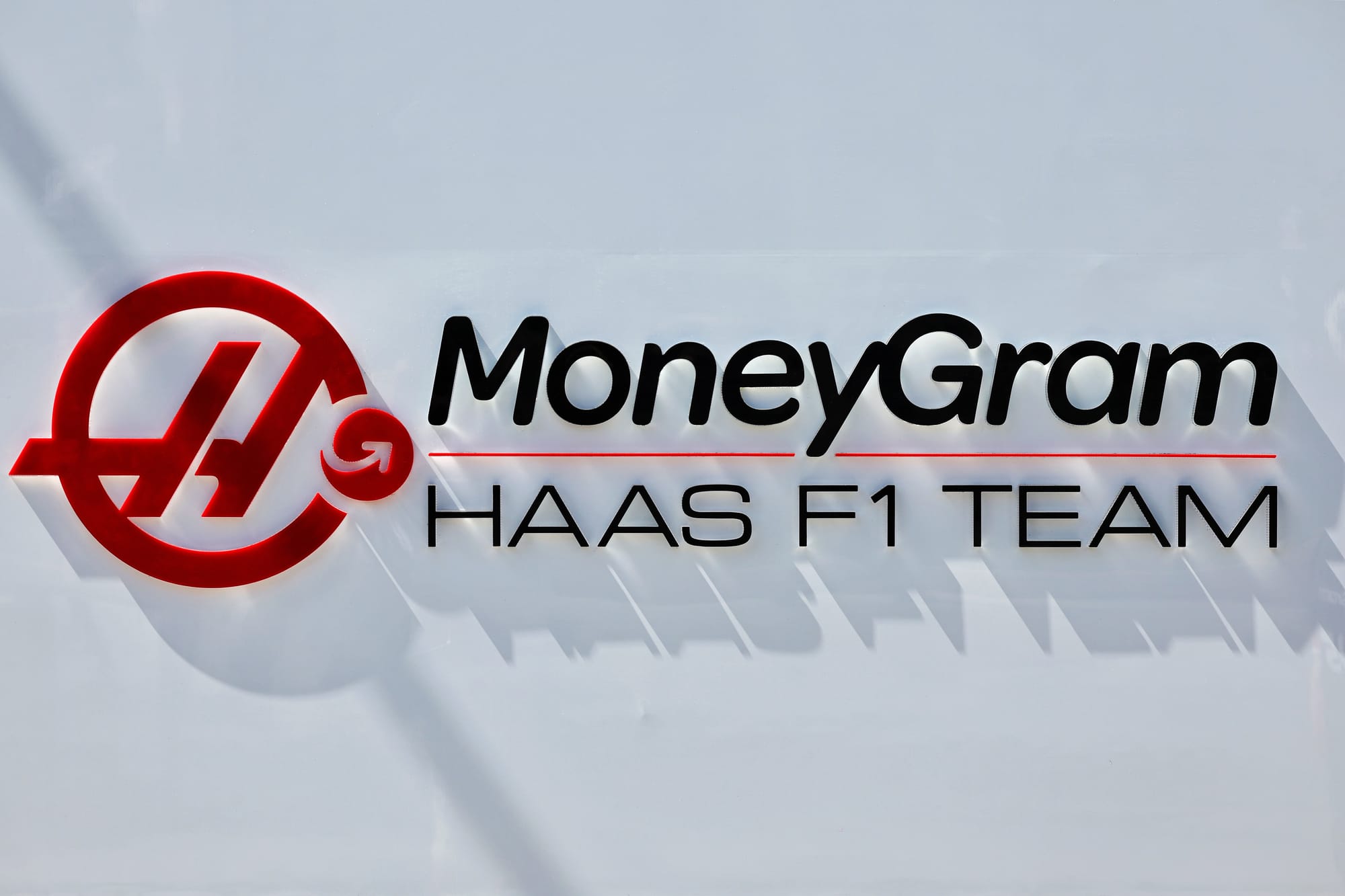
Toyota’s sole F1 programme to date was a big disappointment given the investment that went into it.
It never won a race and never finished higher than fourth in the championship - something it achieved only once in eight seasons from 2002-2009, in 2005.
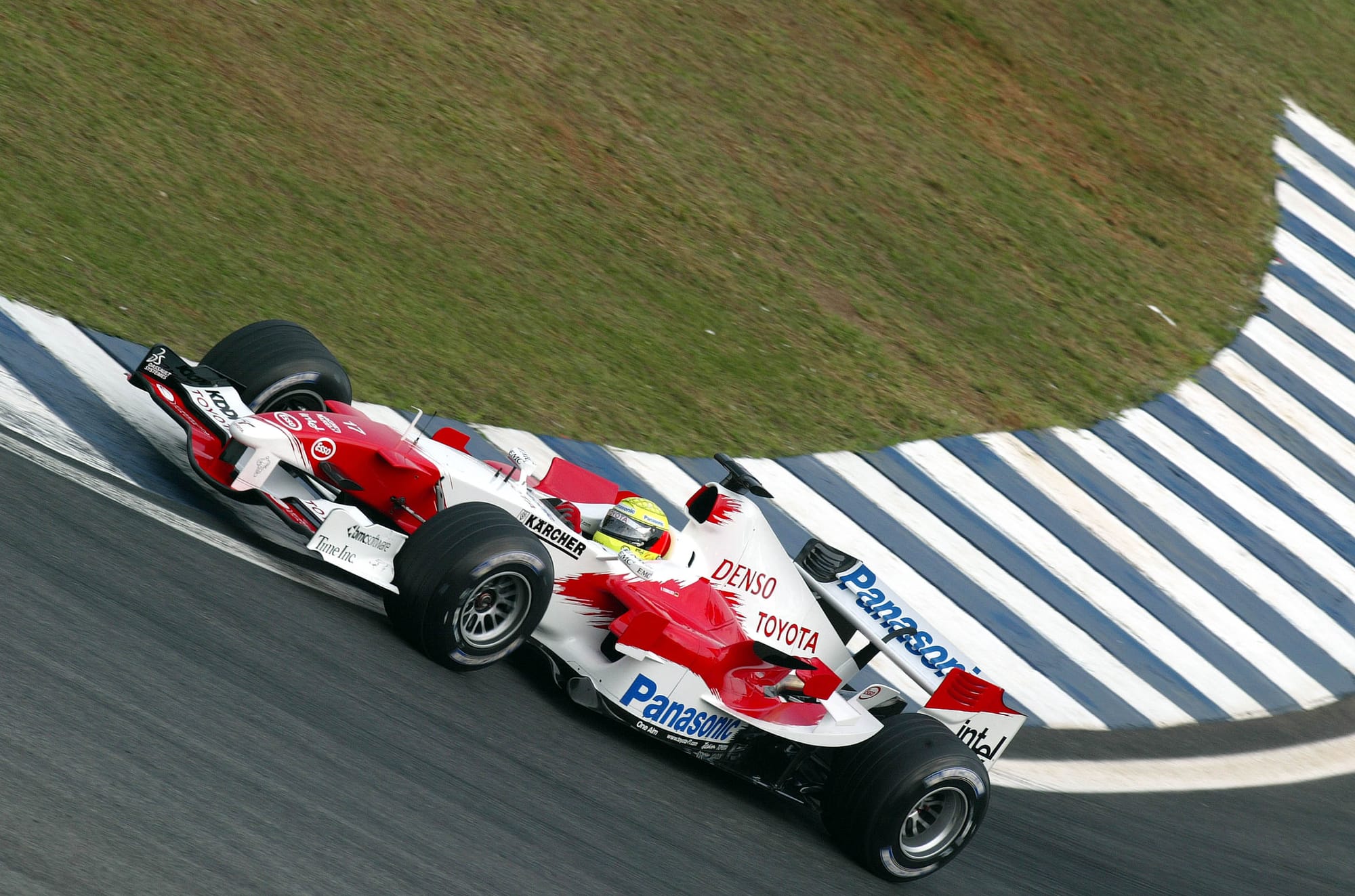
Myriad problems amounted to a failure to justify the expense and the F1 programme was cut at the end of 2009 during the global financial crisis, with the stillborn TF110 a great last example of Toyota’s inefficiency - as it spent a significant amount of money on a 2010 car that would never race.
Because of the scars of that failed decade, for a long time the idea of Toyota coming back seemed impossible. But the company’s stance on F1 has changed in recent years, chiefly due to the championship’s massive growth in popularity, and while there is no new, fully-fledged works team on the immediate horizon, the Haas talks are serious.
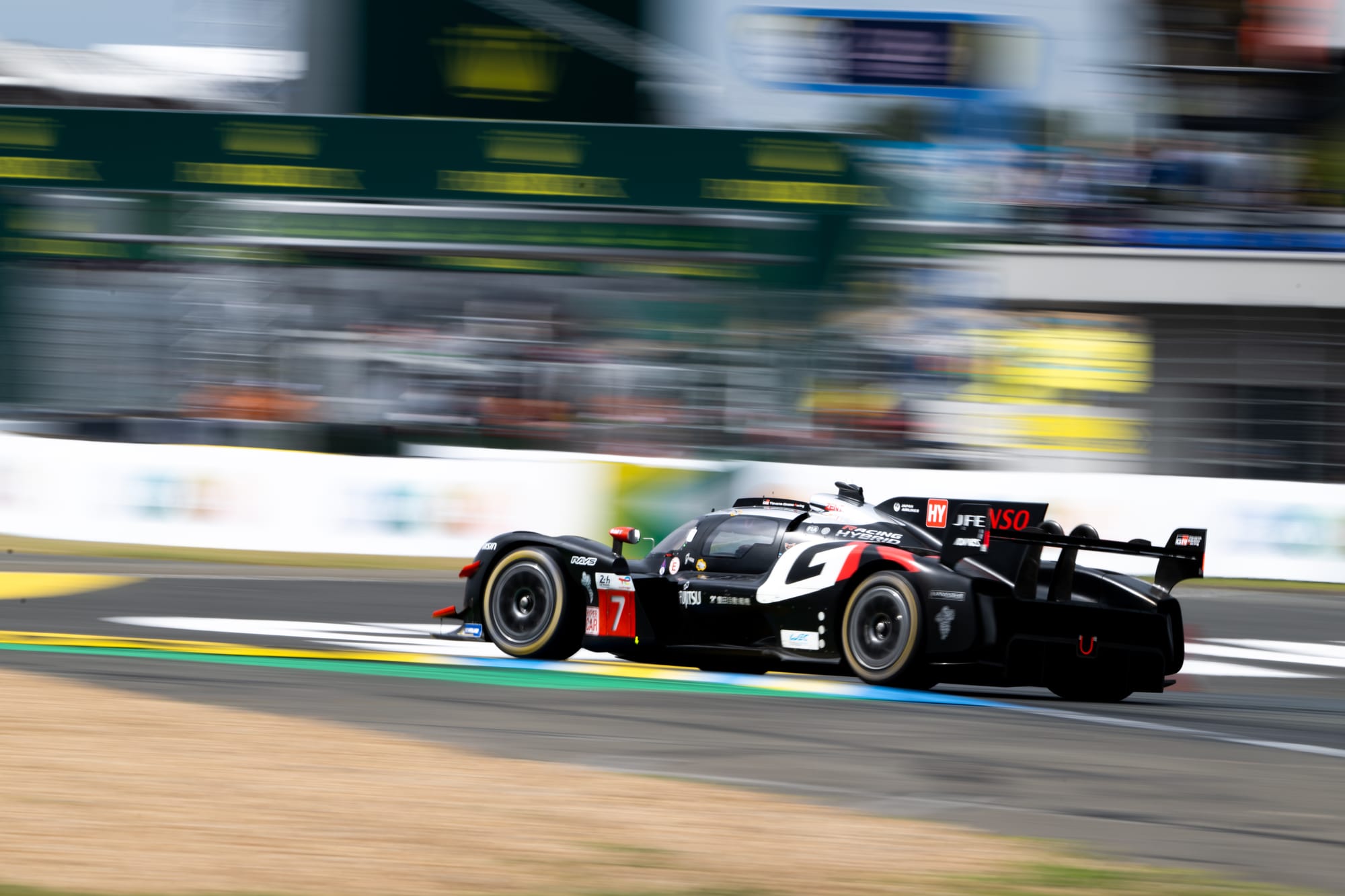
At the very least it’s going to be a sound business decision for TGR Europe. It is a massive, state-of-the-art engineering facility with great capacity for customer use. Even though it gets well utilised, in the absence of the F1 programme it was originally created for, it means inevitably some things haven't been used at full capacity.
Whatever this tie-up entails, and may evolve into, already has the makings of something much more cost-effective than the Toyota works team.
As for Haas, the reason it would be so interested in pursuing something with a brand that’s not ready to pile into F1 as a full works team, is that its fundamentally limited structure hasn’t changed since it first entered F1 in 2016.
Owned by Gene Haas, Haas’s team headquarters is in Kannapolis in North Carolina but most of the team’s work is done in Europe - where there is an operations base in Banbury in the UK, and a design hub at Ferrari’s Maranello campus in Italy.
It also uses Italian company Dallara for much of its manufacturing work, while its technical partnership with Ferrari gives it a supply of all of the mechanical parts the regulations allow.
Many feel Haas is maxing-out the potential of its existing set-up. It has done a great job this year to re-emerge as a regular points scorer, scoring points in six out of 12 events so far, and it has proved that it can develop the car well in-season, which has not historically been a strong point.
But this is basically Haas back to its full potential, punching above its weight in a competitive midfield. And the Toyota deal, if it comes off, will allow Haas to evolve further.
It may even come to surpass what is offered by Dallara in some areas - and though that arrangement is expected to continue, Toyota could be a technical partner Haas turns to on a bigger scale longer-term.
WINNING OVER ITS OWNER?
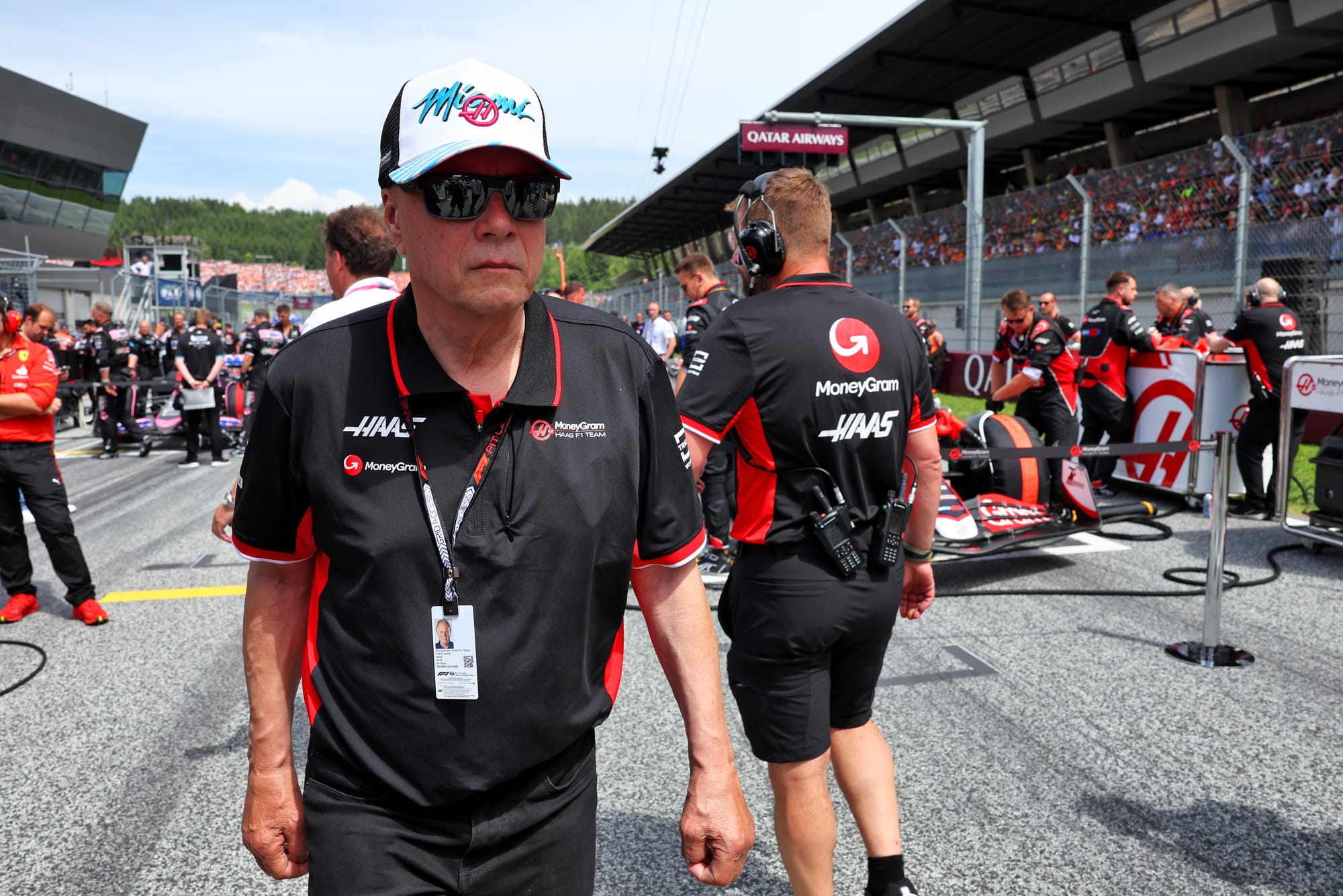
Since Komatsu took charge at the start of 2024, following the exit of long-serving leader Guenther Steiner, there has been an emphasis on Haas better-utilising its existing technical structure.
While improving the working culture has been a priority, and Komatsu has insisted he has faith in the team’s existing personnel, he has also been up front about the team’s limited facilities and staff numbers putting a ceiling on its potential.
This was a known issue when Steiner was in charge, too, but tensions between him and Gene Haas over the team needing more investment grew too great to resolve.
Komatsu’s promotion from leading the team’s engineering department gave the team a fresh shot at regaining Haas’s trust and reviving its fortunes.
Though there are suggestions Haas himself still believes the team should achieve more with what it has, it is understood that he is investing in it again - with the team’s UK base in Banbury, and its paddock hospitality unit, key facilities that need upgrading.
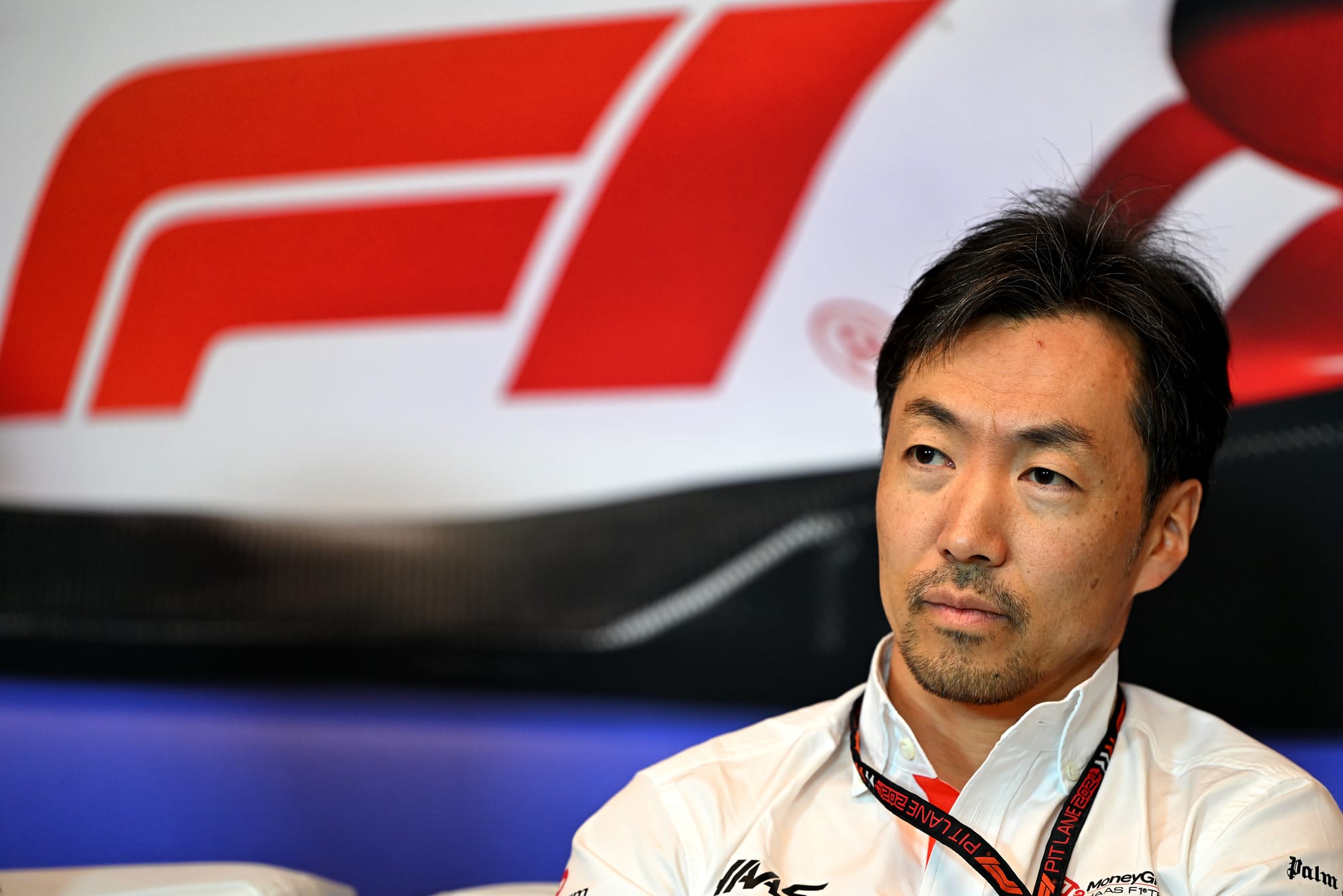
Haas did not previously seem to understand that this is F1’s smallest team and so if all 10 perform to their respective maximums, his team would be last.
It’s ninth on average over the eight full seasons it has been on the grid, saved only by Sauber's financial peril and underachievement in this period.
That reflects the reality of a convoluted structure, the dependency on others, and an owner who has not invested in the team enough since it was created.
But the Komatsu era might finally be drawing a bit more out of Gene Haas. Komatsu’s clearly pushed for this Toyota agreement, but it needs to have Gene’s blessing - so he must believe, or be willing to accept, that it is better than what currently exists.
Any kind of alliance with Toyota - whether it’s initially a customer-supplier one, or a more cooperative relationship, or eventually something even better - is going to reflect very well on Haas.
The credibility boost is significant, and it should aid performance as well if used in the right way - which may help open its owner’s eyes further to the limitations the team has really been battling with.

